F4U-5 Corsair U.S.NAVY
The Chance Vought Corsair was developed in 1938 to the specifications of the U.S. Navy, which wanted a fast single-seat fighter that could take off from an aircraft carrier and which had the most powerful engine on the market at the time (Pratt and Whitney XR-2800 Double Wasp) in one could be accommodated in a fuselage that was kept as small as possible.
However, the engine required a Propeller with a large Diameter, which in turn led to the development of the “Seagull Wings” in order to avoid a high landing gear. The prototype flew for the first time on May 29, 1940, and the first machine from series production of the type completed on June 25, 1942 F4U-1 Corsair makes its first flight. However, this model was unsuitable for use from aircraft carriers, so the Early Versions were used by U.S. Navy Units. Marine Corps and the U.S. Navy deployed land-based in the Pacific Theater from the End of 1942.
It was not until April 1944 that the Fleet Air Arm of the Royal Navy deployed Corsairs from its aircraft carriers. After further Tests, the starting Signal was given in the same month for deployments of Corsairs from US aircraft carriers. Navy. The F4U-1A had an improved Cockpit Canopy with increased headroom and better visibility for the Pilot, which had been one of the main criticisms against use on aircraft carriers. The only other version of this fighter in widespread use before the End of World War II was the more powerful F4U-4.
This version was introduced in 1944 and continued to be produced until 1947. However, from 1946 onwards it was replaced by the F4U-5, a variant for flying from high altitudes. This type was essentially an F4U-4 equipped with a two-stage Pratt and Whitney R-2800-32-W Double Wasp engine producing 2,300 hp, giving it a top speed of 756 km/h (470 mph). Could reach an altitude of 8,160 m (26,800 ft.). The F4U-5 variant aircraft could be identified by its unique air intakes on the Side of the engine Cowling and the four 20 mm Canons in the wings. During the Korean War in the early 1950s, many aircraft of this type were successfully used as fighter-Bombers.
However, the air combat was taken over by the newer Jets of the Navy and Marine Corps. Other very successful models were the F4U-5P photo reconnaissance aircraft and the F4U-5N Night fighter. The Corsair was the last Piston engine fighter to continue to be produced for US units. Many of the later variants were used by the U.S. Navy and Marine Corps well into the 1950s. The last version, the F4U-7, served exclusively with the French Navy.
The various Versions were produced until October 1951 and a total of 223 were built.
Wing span: 12.48 m (41 ft.)
Length: 10.2 m (33 ft 6 in.)
Height: 4.49m (14 ft.9 in.)
Double radial engine Pratt & Whitney-R-2800-32W with 1715 kW (2332 hp) Take-off power, 2058 kW (2798 hp) combat power (with Water Injektion)
Top speed: 756 km/h at 8230 m
max. climbing performance: 24.4 m/s
Max. flight altitude: 12,802 m
Curb weight: 4392 kg
max. Take-off mass: 6627 kg
max. Range: 2466 km (with external Tanks)
four 20 mm M3 Cannons (231 Rounds per Barrel)
Model is a Kit from Revell 04143-0389 1:72, Length 17.2 cm and Wingspan 14.3 cm, it was Modeled on the aircraft Vought F4U-5 Corsair VF-14, U.S. Navy, USS Franklin D Roosevelt, 1953.
The model has a Good Surface Structure and a Crystal clear Canopy. It's easy to put together, but because of the small parts, be careful that nothing falls on the carpet while searching. I used paints from Revell and Humbrol and for Washing I used a mixture of watercolor, water and a few Drops of dishwashing liquid.
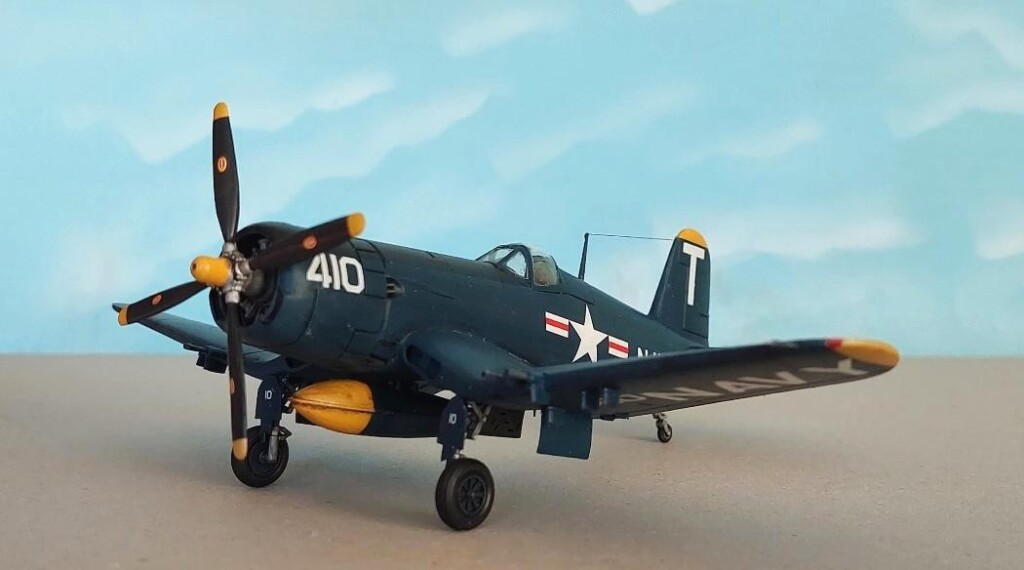
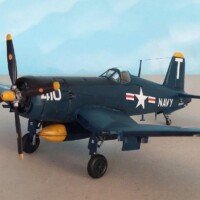
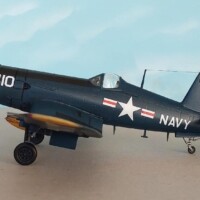
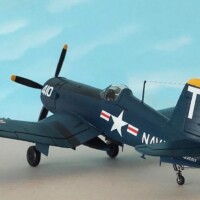
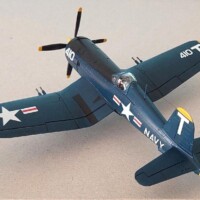
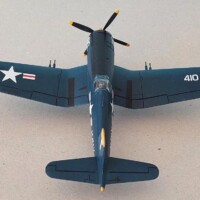
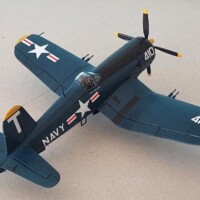
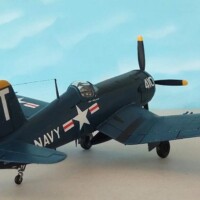
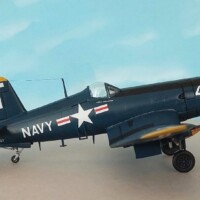
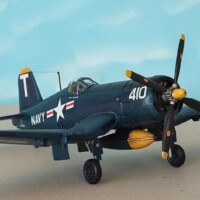
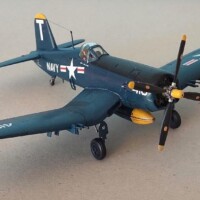

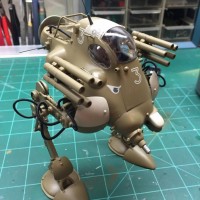
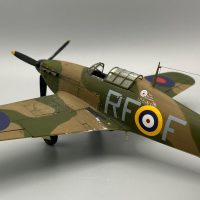
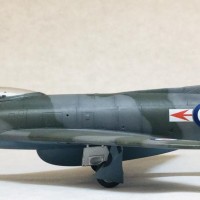
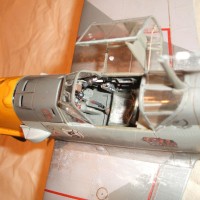
Excellent result, Hans Peter! Looks larger than 1/72!
My impressions echo Spiros'. It looks like a decent 1/48 scale kit. Also, I really like the chosen scheme.
I like it a lot!
Well done - it looks like 1:48.
A great model of a classic aircraft.
Excellent result from that Revell kit. @messerschmitt
Beautifully done, Hans Peter @messerschmitt
You definitely made it look like a much bigger scale.
That is a great-looking Corsair, especially for a Revell kit. That scheme with the yellow accents also makes it stand out. Well done.